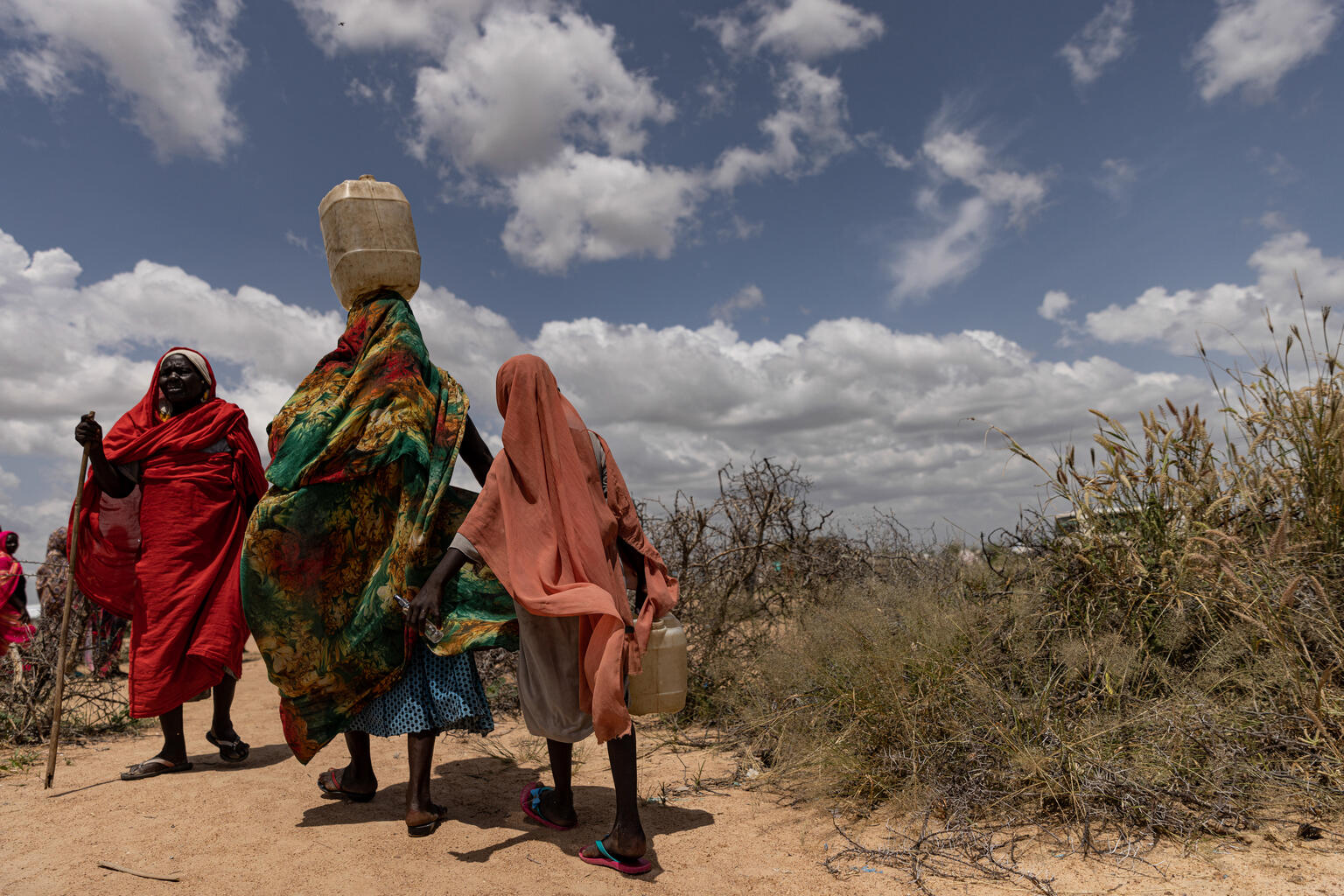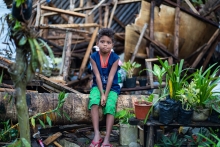Climate Change: Impact on Adolescent Girls

Climate change is raising temperature in the Middle East and North Africa (MENA) region at a faster rate than the global average, increasing the frequency and the intensity of extreme weather events like droughts and floods, changing water cycles and causing sea level rise. Key weather-related hazards for children in MENA include heatwaves, floods, epidemics and disease outbreaks, storms, sandstorms, wildfires and droughts.
There are 48.7 million adolescent girls across the MENA region and today, more adolescent girls than ever before live in droughtimpacted communities; fearing walks to school during rainy season; and migrating to seek refuge from floods, fires, or water- or foodscarcity. These adolescent girls bear a double burden: restricted not only by their age, but also by gender norms that prevent far too many from becoming educated, healthy, informed, skilled and empowered as fully active citizens.




